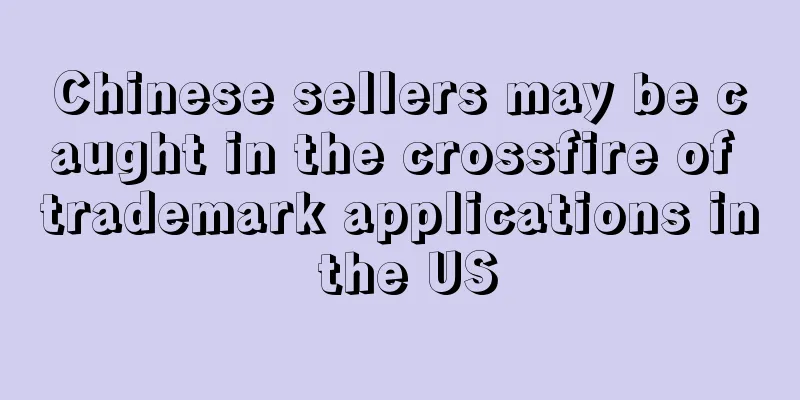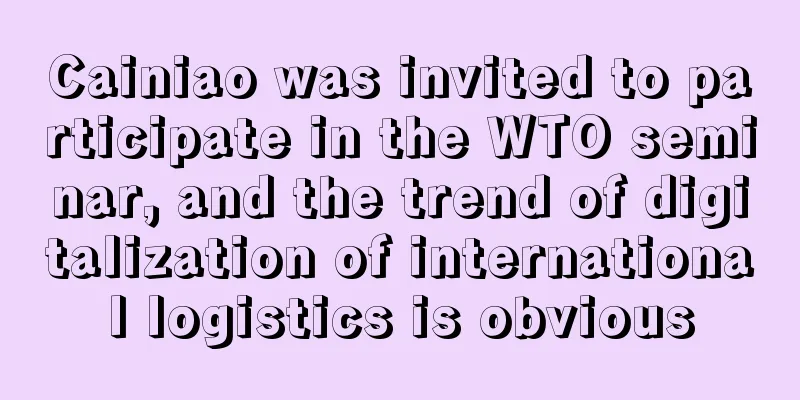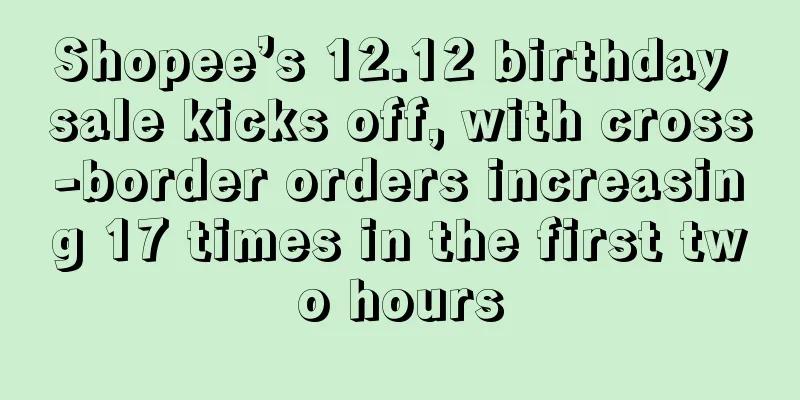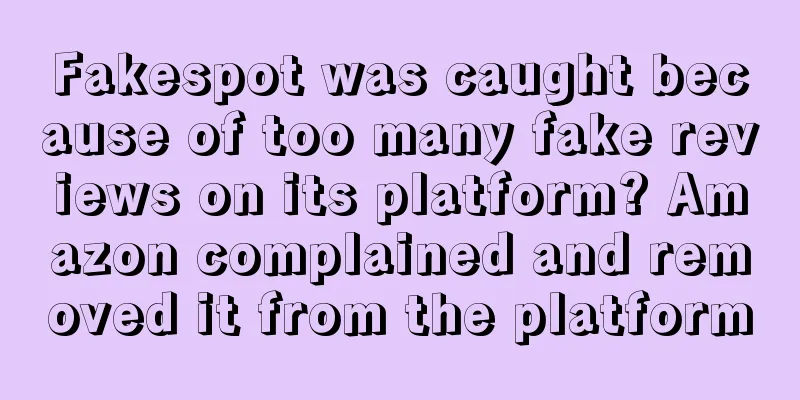Chinese sellers may be caught in the crossfire of trademark applications in the US

|
In recent years, cross-border e-commerce has developed rapidly, and corresponding infringement cases have also emerged one after another. In order to reduce the occurrence of infringement incidents, major e-commerce platforms are constantly improving their policies and regulations, which has also prompted Chinese cross-border exporters and sellers to pay more attention to intellectual property protection and apply for trademarks and patents, especially in Europe and the United States.
One stone stirs up a thousand waves
Recently, the official website of the United States Patent and Trademark Office ( USPTO) released an explosive report, which caused a huge backlash in the Chinese intellectual property community. The report shows that the USPTO investigated the main reasons for the surge in Chinese sellers' applications for trademarks and patents in the United States in recent years , and also explored the impact of Chinese applications for patents and trademarks in the United States on the intellectual property system.
The report shows that the number of intellectual property applications filed by China in the United States has been on a straight upward trend , with 4,706 applications in 2013, 6,340 in 2014 and 13,722 in 2015, gradually increasing.
The number of Chinese intellectual property applications in the United States is staggering relative to the global total. The report data shows that compared with 4,706 in 2013 and 76,566 in 2019, the number of intellectual property applications filed by Chinese companies in the United States has increased by 1,526.99%.
Non-market factors affect IP applications
The report shows that in addition to the normal application needs of some companies or individuals , the reason for the increase in China's intellectual property applications in the United States is that there are several non-market factors that seriously affect the increase in the number of intellectual property applications.
Government subsidies. In the report, Shenzhen, China, was used as an example. In 2013, Shenzhen issued an order for applying for intellectual property subsidies, which provided a RMB 5,000 subsidy (equivalent to US$750) for trademark registration to qualified enterprises or individuals .
Data shows that the official registration fee in the United States at that time was US$225, which means that the subsidy provided by the Shenzhen government far exceeded the official registration fee in the United States. This prompted China's applications for trademark registration in the United States to increase by 1264% between 2013 and 2017, of which applications from Shenzhen accounted for more than 42%.
Malicious registration: The report shows that it is mainly some institutions or individuals who see the business opportunities of trademark registration. They register trademarks and then resell them to make profits.
Defensive registration mainly refers to some companies or individuals who register their trademarks in advance in order to protect the legitimate rights and interests of their brands, so as to prevent their trademarks from being preemptively registered by other companies and being involved in infringement cases later.
However, Chinese sellers also need to be vigilant. According to the report data, about two-thirds of China’s trademark rights are not used, and most of these trademark rights belong to the clothing category.
Judging from the current situation, the trademark application in the United States is bound to usher in a revolutionary reform. This will make countless cross-border sellers innocent victims, and will also have a certain impact on China's foreign trade companies, including increasing the cost of trademark applications, strictly controlling the trademark application process, limiting the number of trademark applications, and other issues. USA trademark Chinese Sellers |
>>: With over 17 million monthly active users, Nykaa leads the Indian beauty e-commerce market
Recommend
About 94% of Germans choose Amazon for online shopping
July 7 news, according to foreign media reports, ...
What is IML? IML Review, Features
IML (IML Overseas Warehousing Shenzhen Co., Ltd.) ...
What is Müller Deutschland? Müller Deutschland Review, Features
Müller Deutschland was founded as a German retail...
Amazon's new policy will take effect! Sellers: This is the most difficult year
This year, Amazon’s actions on policies and pages...
What is GroupHigh? GroupHigh Review, Features
GroupHigh is a premium blogger outreach software t...
What is Part Finder? Part Finder Review, Features
Part Finder is a new feature in Amazon's imag...
Americans' consumption is downgrading, but two major categories are not affected!
Recently, global management consulting firm McKin...
Coupang platform increases investment to increase education and original content
E-commerce company Coupang has made huge investme...
What is Google Pay? Google Pay Review, Features
Google Pay provides users with a simple and fast p...
What is Haisutong Cross-border Express? Haisutong Cross-border Express Review, Features
Xiamen Haisutong Cross-border Express Co., Ltd. i...
The United States continues to send money! Child tax credit will be extended to 2024
During the pandemic, the US government has been d...
Tik Tok has nearly 300,000 likes, and a common product has become a hit on Amazon
The social e-commerce market is becoming increasi...
Running away? More and more Amazon sellers turn to other platforms
Recently, more and more Amazon sellers have begun...
Niche products have achieved an annual revenue of 1 billion yuan. They make a lot of money in this field
If you ask which industry has been the most popul...
Optimistic about this year's market! 70% of e-commerce sellers said that they mainly attract new customers this year
According to the latest e-commerce seller survey ...









